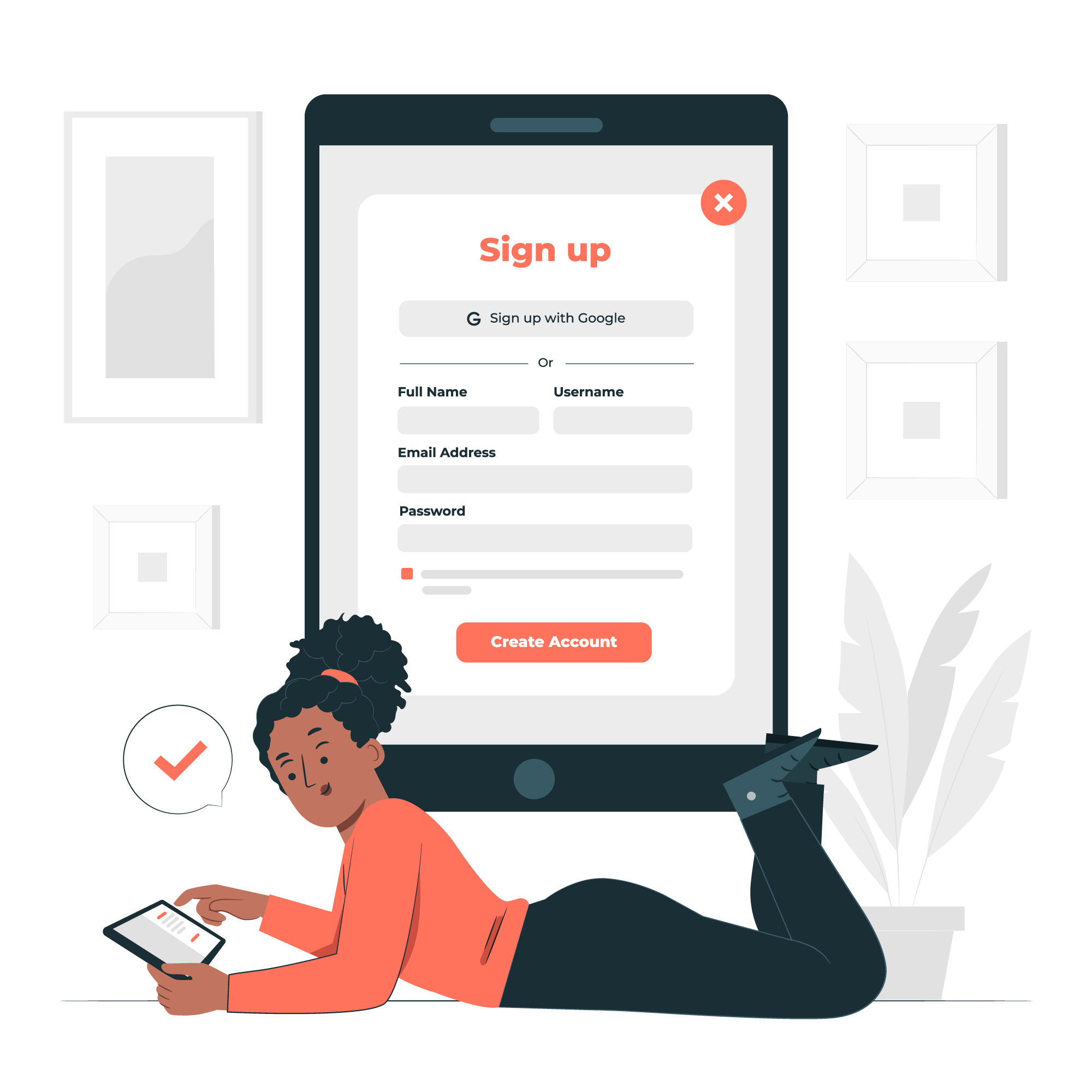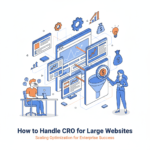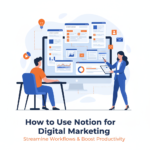
Optimizing Customer Onboarding: From Sign-Up to Engagement
Introduction
Customer onboarding is one of the most crucial stages of the customer journey. It sets the tone for the relationship between the customer and the brand, influencing long-term engagement, retention, and lifetime value. A well-structured onboarding process ensures that new customers derive value from a product or service quickly, minimizing frustration and enhancing satisfaction.
This article explores strategies for optimizing the customer onboarding experience, from the moment a user signs up to their active engagement with the product.
The Importance of Effective Customer Onboarding
A seamless onboarding process impacts various business metrics, including:
Retention Rates: Customers who understand a product’s value early are more likely to stay.
Customer Satisfaction: A clear, engaging onboarding process fosters positive user experiences.
Reduced Support Costs: When customers are guided effectively, they require less assistance from customer service teams.
Higher Revenue and Lifetime Value: Engaged users are more likely to make repeat purchases and recommend the product.
A poorly executed onboarding process can lead to customer churn, low engagement, and negative word-of-mouth.
Key Elements of an Effective Customer Onboarding Process
1. Streamlined Sign-Up Process
The first interaction with the customer should be simple and frictionless. Key best practices include:
Minimal Form Fields: Collect only essential information to prevent drop-offs.
Social Media or Single Sign-On (SSO) Options: Allow users to sign up using Google, Facebook, or Apple to speed up the process.
Clear Value Proposition: Reinforce why the customer should complete the sign-up process.
2. Welcome and First Touchpoint
Once a user signs up, the first communication should make a strong impact. A personalized welcome email or message should:
Express appreciation for signing up.
Provide a brief introduction to the product or service.
Outline the next steps or offer a guided tour.
3. Intuitive User Interface (UI) and Experience (UX)
A well-designed UI/UX ensures customers can navigate the product effortlessly. Some critical aspects include:
Clear Navigation: Intuitive menus and tooltips to guide new users.
Minimal Cognitive Load: Avoid overwhelming users with too much information at once.
Progress Indicators: Show users where they are in the onboarding process.
4. Interactive Product Tours and Tutorials
Guided walkthroughs help users understand the product’s features effectively. Best practices include:
Tooltips and Hotspots: Highlight key functionalities within the platform.
Short Video Tutorials: Provide quick, engaging explainer videos.
Gamification Elements: Use checklists, progress bars, or rewards to encourage completion.
5. Personalization and Customization
Tailoring the onboarding experience to individual users improves engagement. Methods include:
Personalized Onboarding Flows: Customize based on user segments or preferences.
AI-Driven Recommendations: Suggest features or content relevant to user needs.
Dynamic Content: Adapt onboarding steps based on user progress and behavior.
6. Multi-Channel Communication
Onboarding should not be confined to just one medium. Businesses should leverage:
Email Sequences: Drip campaigns with tips, best practices, and feature highlights.
In-App Messaging: Contextual pop-ups and notifications guiding users.
SMS and Push Notifications: Reminders and engagement prompts.
7. Customer Support and Assistance
Offering timely support during onboarding prevents frustration. Best approaches include:
Live Chat Support: Real-time assistance via chatbots or human agents.
Help Centers and FAQs: A knowledge base with articles, guides, and videos.
Community Forums: Peer-to-peer support from experienced users.
8. Feedback Collection and Iteration
Continuously improving onboarding requires customer feedback. Methods to collect insights include:
Surveys and Polls: Ask users about their onboarding experience.
Behavioral Analytics: Track user interactions and identify pain points.
A/B Testing: Experiment with different onboarding approaches to find the most effective one.
Enhancing Engagement Post-Onboarding
Onboarding is not just about first-time use; it’s about ensuring continuous engagement. Effective strategies include:
1. Progressive Feature Discovery
Instead of overwhelming users initially, introduce advanced features gradually based on their usage patterns.
2. Loyalty and Reward Programs
Encourage continued use with incentives such as:
Discounts or premium features for completing onboarding steps.
Gamification elements like badges and leaderboards.
3. Community Building
Fostering a sense of belonging helps improve retention. Approaches include:
Exclusive forums, user groups, or events.
Social media engagement and user-generated content initiatives.
4. Proactive Customer Support
Anticipate customer needs and offer support before issues arise through:
AI-driven insights predicting potential roadblocks.
Periodic check-ins via email or chat.
5. Regular Product Updates and Education
Keep users informed about new features, tips, and best practices through:
Webinars and tutorial videos.
Blog posts and newsletters.
Interactive Q&A sessions.
Measuring Onboarding Success
Tracking key metrics helps refine the onboarding process. Essential KPIs include:
Activation Rate: Percentage of users who complete key onboarding steps.
Time to First Value (TTFV): The duration it takes for a user to realize the product’s benefits.
Drop-Off Rate: Percentage of users who abandon onboarding before completion.
Customer Satisfaction Score (CSAT): User feedback on onboarding experience.
Retention Rate: Percentage of users retained after onboarding.
Case Studies: Brands Excelling at Customer Onboarding
1. Slack
Slack’s onboarding involves an interactive tutorial, personalized welcome messages, and helpful tooltips that gradually introduce features.
2. Dropbox
Dropbox uses a gamified onboarding experience with a checklist, rewarding users for completing key steps.
3. Duolingo
Duolingo makes onboarding engaging with gamification, bite-sized lessons, and instant feedback loops.
Conclusion
Optimizing customer onboarding is essential for increasing engagement, reducing churn, and improving customer satisfaction. A well-designed onboarding experience should be seamless, interactive, personalized, and continuously improved based on feedback and data insights.
By implementing the strategies outlined in this article, businesses can create an onboarding process that not only helps new customers get started effortlessly but also keeps them engaged for the long term.
Author



